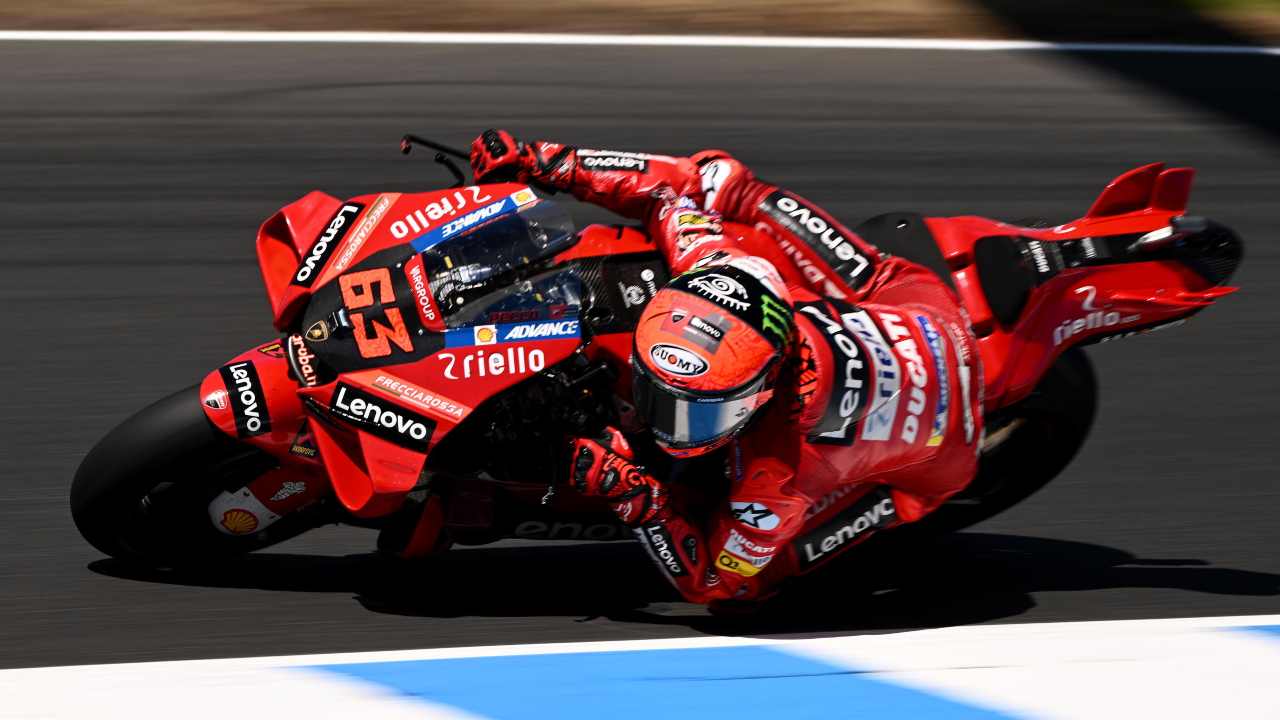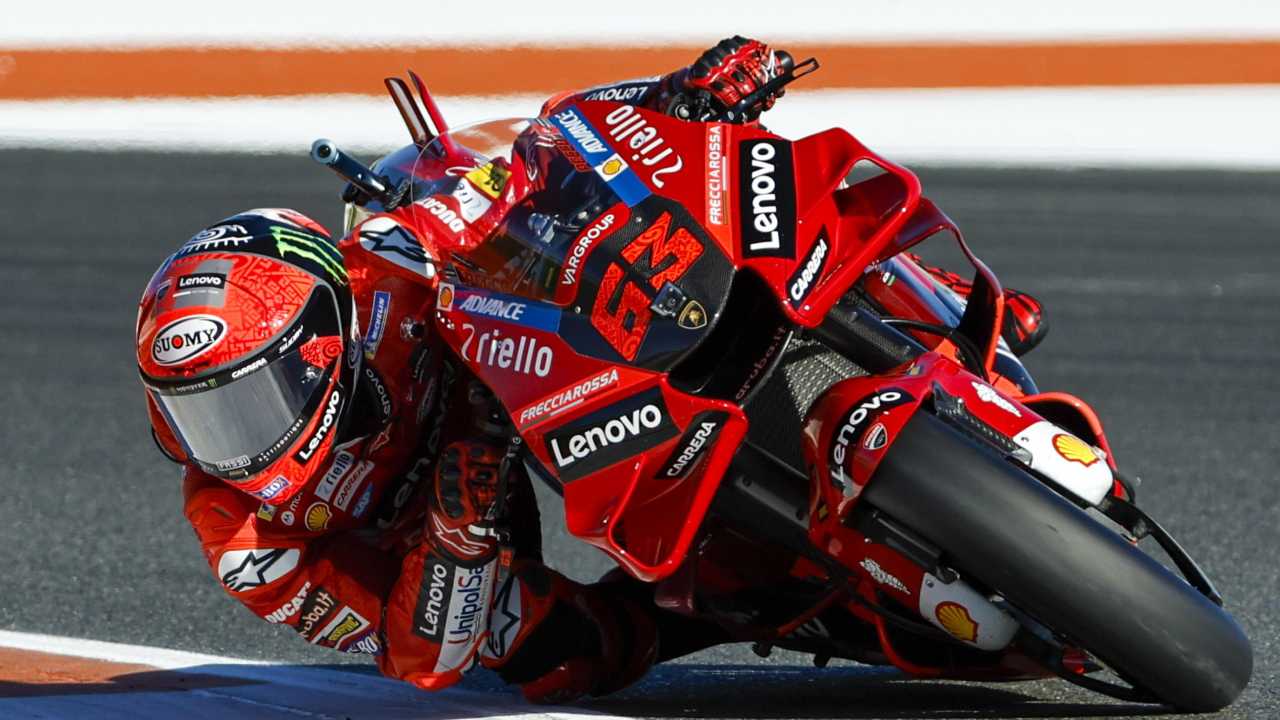The Ducati Desmosedici GP becomes an increasingly technological prototype. The dt Davide Barana reveals some interesting details.

Ducati starts as a big favorite in the 2023 championship after taking the triple crown last season. Looking forward to seeing it in action Desmosedici GP23 in the tests at Sepang from 10 to 12 February and at Portimao on 11-12 March, the technical director Davide Barana revealed some anticipations on what the new bike will be. Little or nothing we will be able to see, if not the new aerodynamic fairing visible from the outside and some elements of the chassis.
Usually the bulk of the innovations are hidden under the “shell” of the fairing and cannot be revealed in order to prevent the competition from copying. But in recent years some house innovations Ducati they were also noticeable to the naked eye and caused quite a few controversies. Think for example of last year’s rear wheel spoiler or front lowerer that was banned for 2023.
The Ducati Desmosedici of the present and the future

David Baranatechnical director of Ducati Corse and right-hand man of Gigi Dall’Igna, reveals to the newspaper ‘Marca’ some advances on the Desmosedici and the modus laborandi of the group of engineers from Borgo Panigale. “Every year new ideas come to us to improve, it seems incredible to me… This year’s engine will be even more powerful than last year’s and we have some things in the pipeline on the 2024 engine“. Work on next year’s specification will start as early as March, when the 2023 specification will be frozen as per the regulation.
But new technologies are making their way into the Ducati laboratories, also the result of the partnership with Lenovo, a giant specialized in the design, production and marketing of electronics, personal computers and software. “Ducati was looking for a partner to help them manage the technological part and accompany them in the digital transformation. It’s a real partnership, not a sponsorship“, underlined Davide Barana. Great support is provided in the management of the data collected on the track by the riders and thanks to the use of sensors, important feedback for the development of the Desmosedici GP.
And in which direction does the future go? “Motorcycle engineering needs to manage data. In addition, there are many other aspects that we are exploring. For example, we are already applying augmented reality or artificial intelligence… I have to be generic, I can’t go too far“, concluded the Ducati Corse technical director. “With virtual reality we have ideas to help us work better, faster and reduce distances“.



